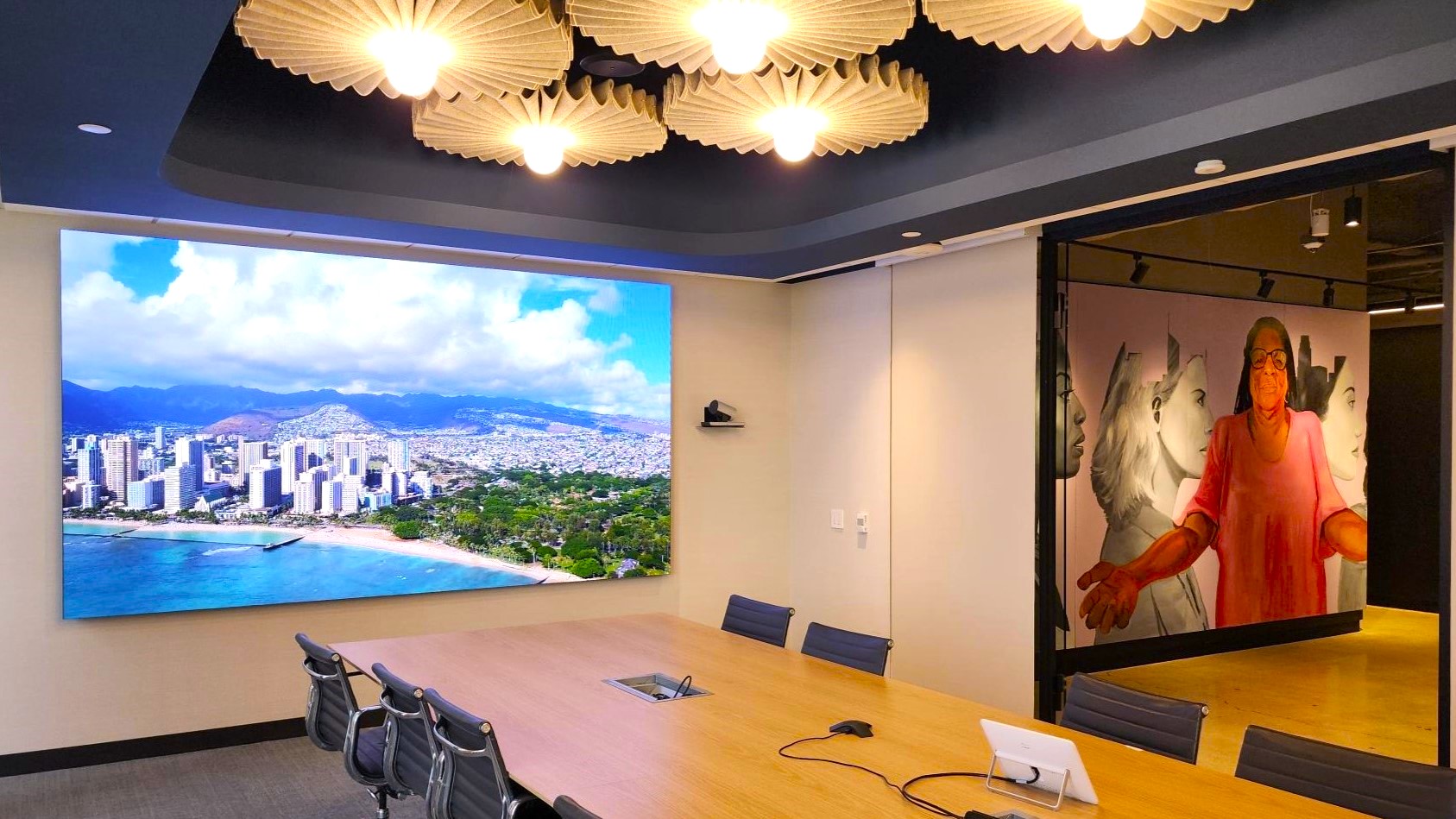When It Comes To Enterprise Video Communications, We Have Come A Long Way. Videoconferencing Is No Longer As Complex, Expensive, Or Resource-Intensive As It Used To Be. Businesses Small And Large Are Investing In The Technology And Making It The Preferred Mode Of Communication In Business. So How Have We Come This Far?
The Past
Many decades ago, videoconferencing meant a room full of gadgetry, full-time IT professionals to run it, expensive infrastructure, dedicated networks, and of course, it required people to be physically located in a specific room. On top of all this, many times the video didn’t work as expected, or, if it did, the quality was substandard. As the cost of video deployment was high, it was considered a privilege that only large enterprises, and those at the C Suite level, could afford to own and operate. Then came technology. Consumer platforms like Skype made the first move towards making video affordable. For the first time, people could use video to communicate easily and effortlessly and across many different computers. Skype’s success soon made its way into the work world, giving businesses a glimpse of what videoconferencing can do. The model was replicated by enterprise video solutions.
The Present
With the changing attitude towards videoconferencing and evolving business needs, video has been pushed out of the room. The days of a dedicated infrastructure, network, and equipment are coming to an end with the proliferation of new technologies like cloud, mobile, and social.
Currently, videoconferencing is at an exciting stage. New realities like BYOD, remote work, the mainstream adoption of mobility, etc., have emerged in today’s business landscape and these changes are rapidly reshaping the video communications industry. The biggest benefit is that it has made meetings more convenient, efficient, productive, and cost-effective. Location or geographical boundaries are no longer barriers to seamless communication. Businesses can now arrange meetings with their clients, partners, or overseas teams, without incurring huge travel costs. This also supports the trends of mobility and remote operations. Employees can now collaborate outside the office, on the move, and from virtually anywhere, at any time. Not used just for collaboration, videoconferencing has been adopted by many organizations as effective means to train their workforce and even to hire new recruits. All of this indicates the technology is poised to soar even higher.
The Future
The future of videoconferencing looks bright. Many recent studies have shown that video communications, particularly as-a-service model, will be the next dominant trend in the field of conferencing. Browser-based video supported by WebRTC, telepresence capabilities through desktop, and HD conferencing through cloud are some of the key factors that will impact the industry in the coming years.
To know more about how cloud-based video conferencing has impacted business, please see our Evolution of Video infographic at http://bit.ly/29GY0dS
Talk to Us About Your Project
Too busy to chat right now?
Send us a message.





